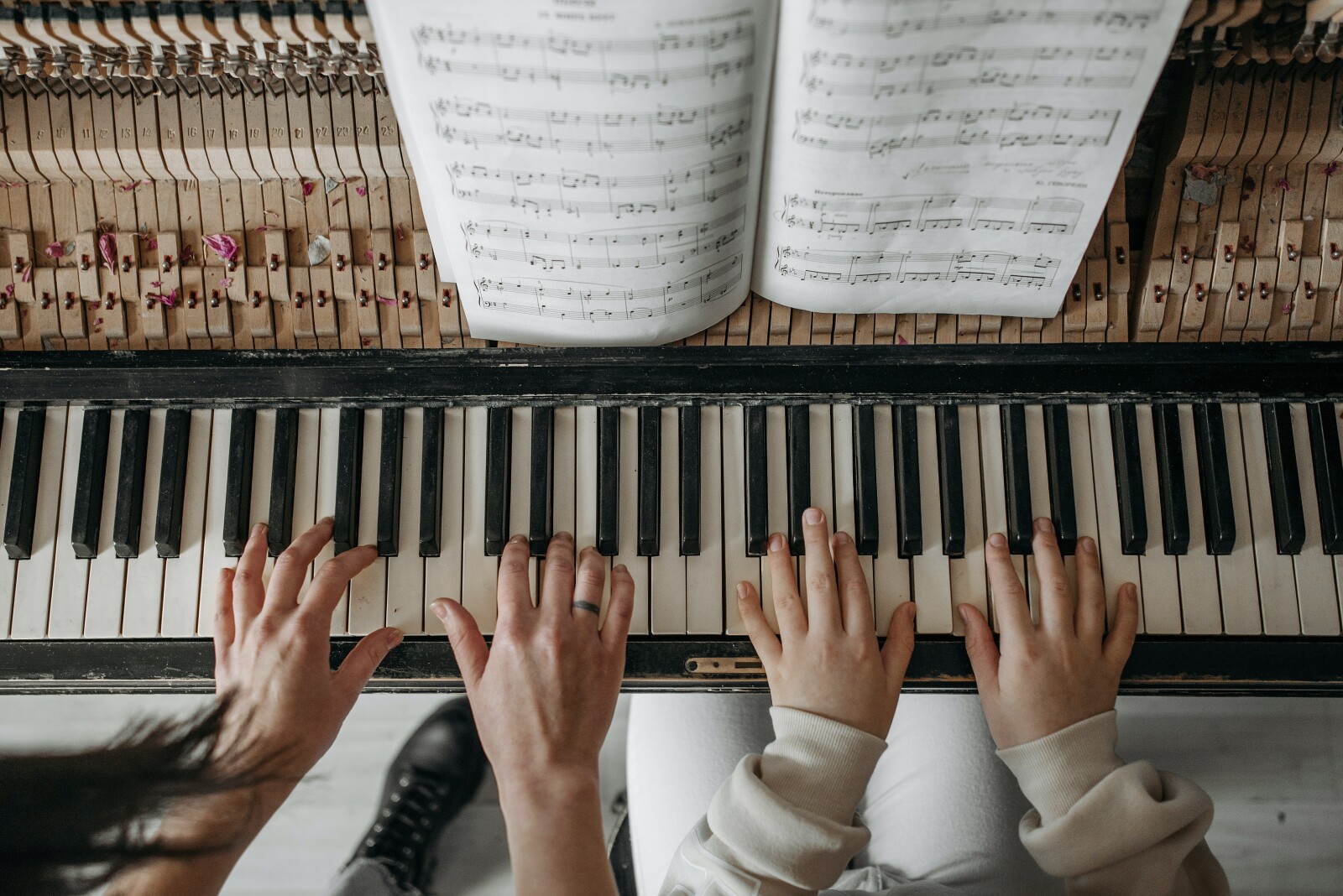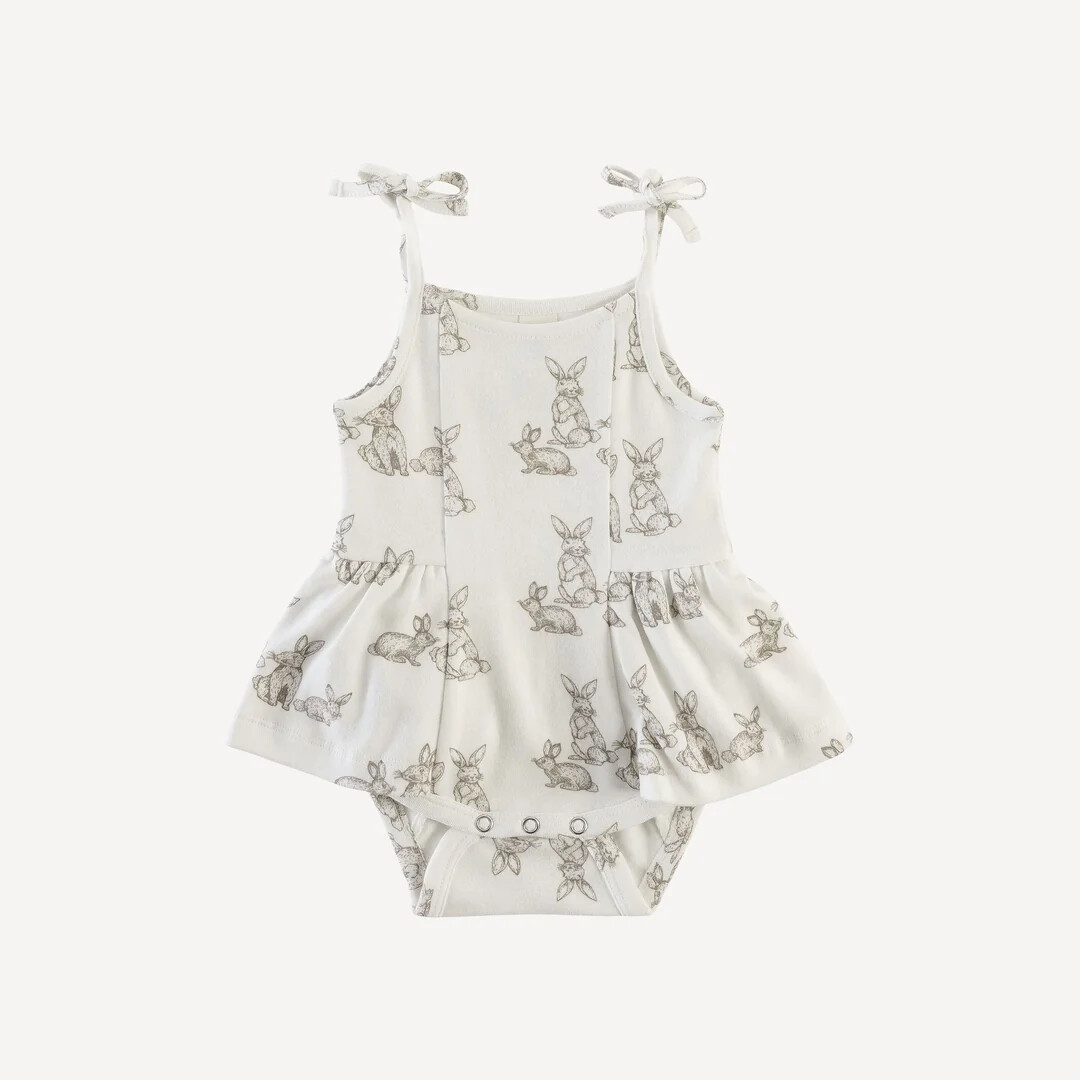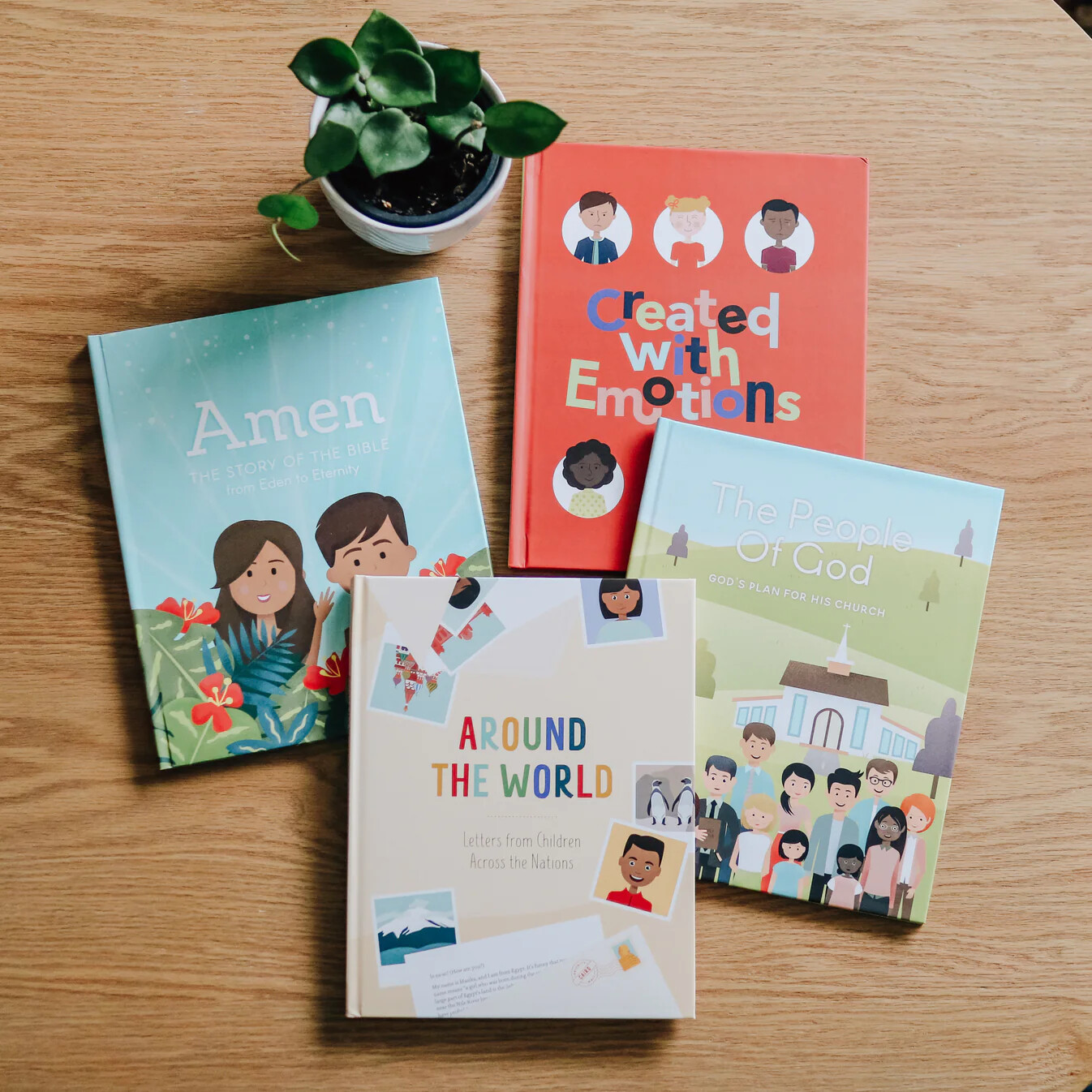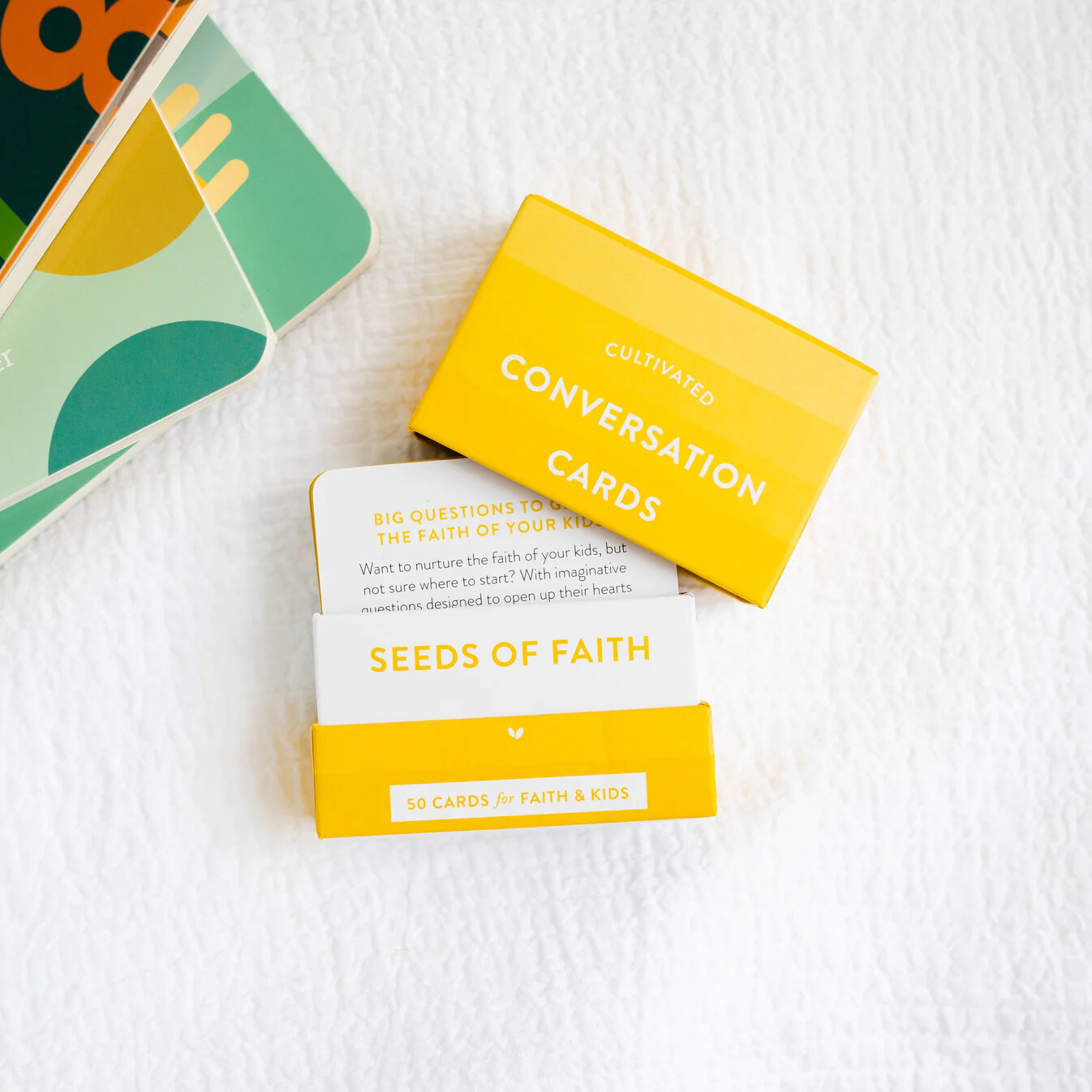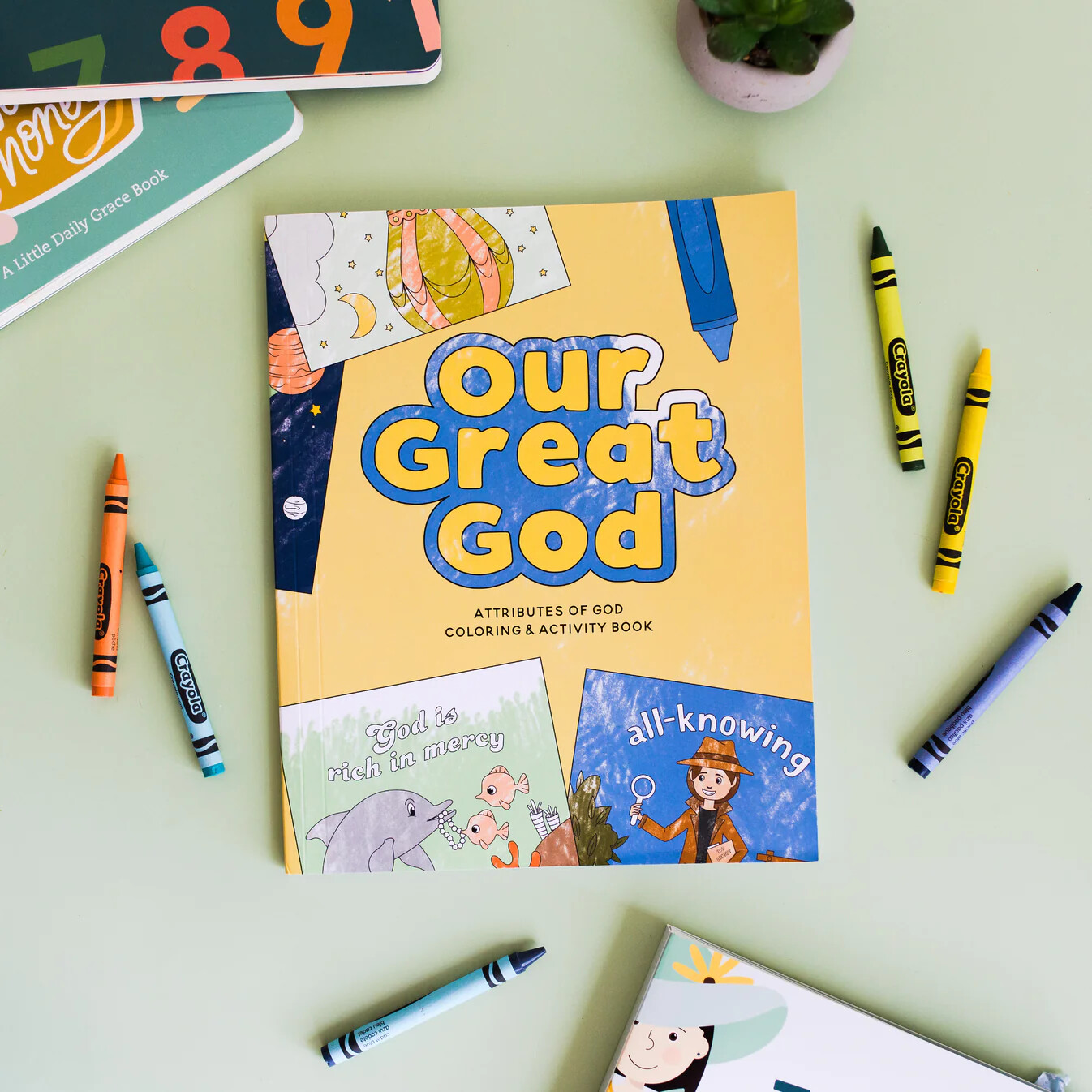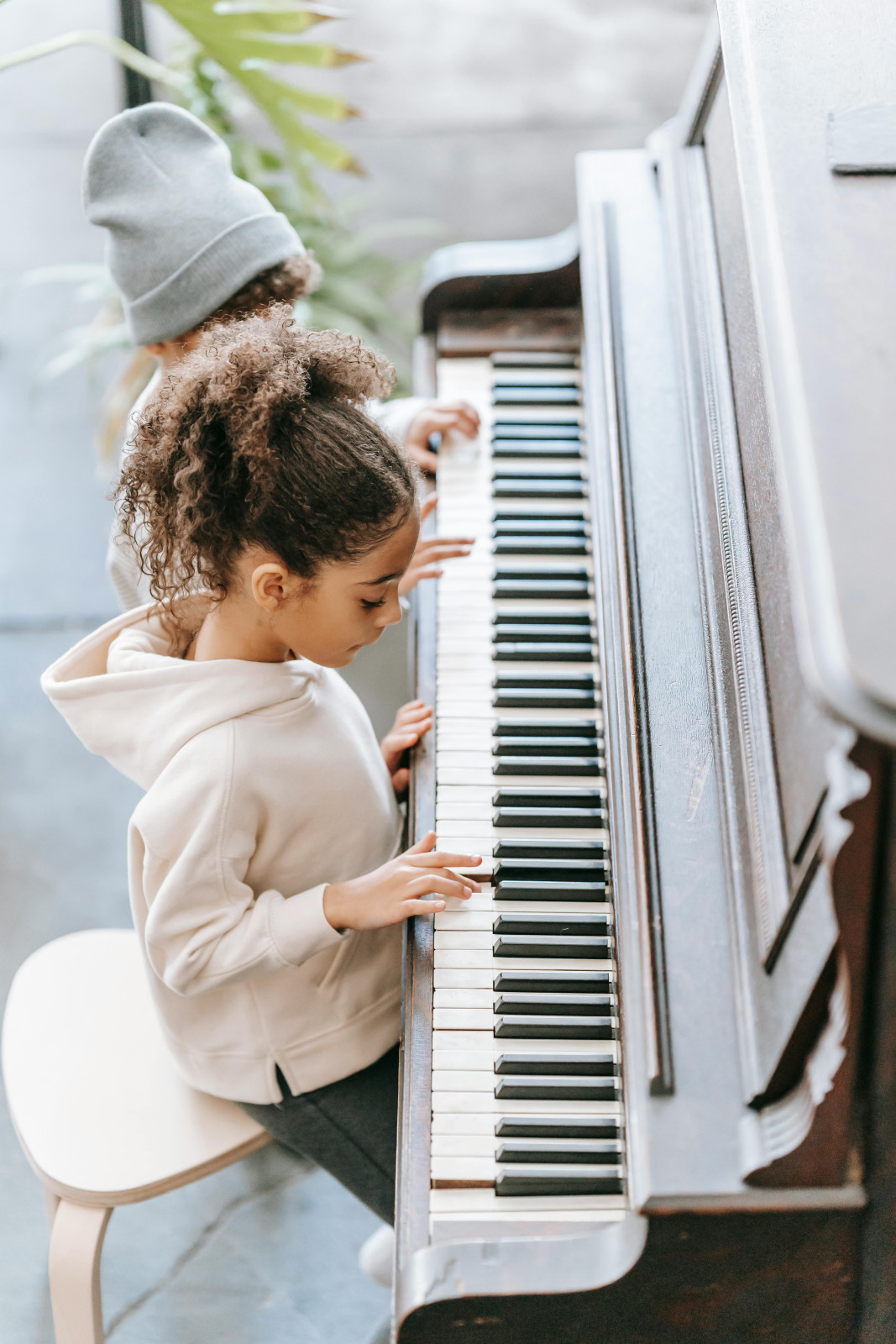
- Embrace Your Role as a Guide: Your musical journey with your children begins by understanding that you don't need to be a virtuoso. Think of yourself as a guide, introducing your children to the world of music, helping them explore different genres and exposing them to new songs, providing support and encouragement and showing them you are learning along the way with them.
- Start with the Basics: Begin by laying a solid foundation in music theory, covering essential elements such as rhythm, melody, and harmony. Engage your children with interactive games, fun songs, and hands-on activities to make learning enjoyable and effective. Don't know where to begin with that? Check out the Classical Collective Membership for resources.
- Make Use of Resources: Leverage the wealth of resources available online to support music education at home. From interactive tutorials and educational apps to lessons and community music groups, there's something for every age and skill level. These resources can enrich your children's learning experience and provide valuable support for you as a parent-teacher.
- Encourage Creativity: Nurture your children's creative expression through music by encouraging them to compose their own songs, experiment with different instruments, and even craft homemade musical instruments from household items. Emphasize the joy of exploration and self-expression, fostering a love for music that goes beyond rote learning.
- Lead by Example: Set a positive example for your children by actively engaging with music in your daily life, showing them you are also a lifelong learner! Listen to a variety of musical genres together, sing and dance, read them songtales, attend live performances, and demonstrate that music is something to be enjoyed and celebrated as a family together.
- Be Patient and Persistent: Above all, remember that learning music is a journey that requires patience and persistence. Celebrate your children's progress, no matter how small, and encourage them to persevere through challenges. By fostering a supportive and nurturing environment, you can inspire a lifelong passion for music in your children.
Teaching music at home can be a rewarding experience for both you and your children, regardless of your musical background. By embracing your role as a guide, starting with the basics, utilizing resources, encouraging creativity, leading by example, and maintaining patience and persistence, you can instill a lifelong love of music in your children and grow your own skill and confidence along the way. So, don't hesitate to start this musical adventure together and discover the joy of making music at home!
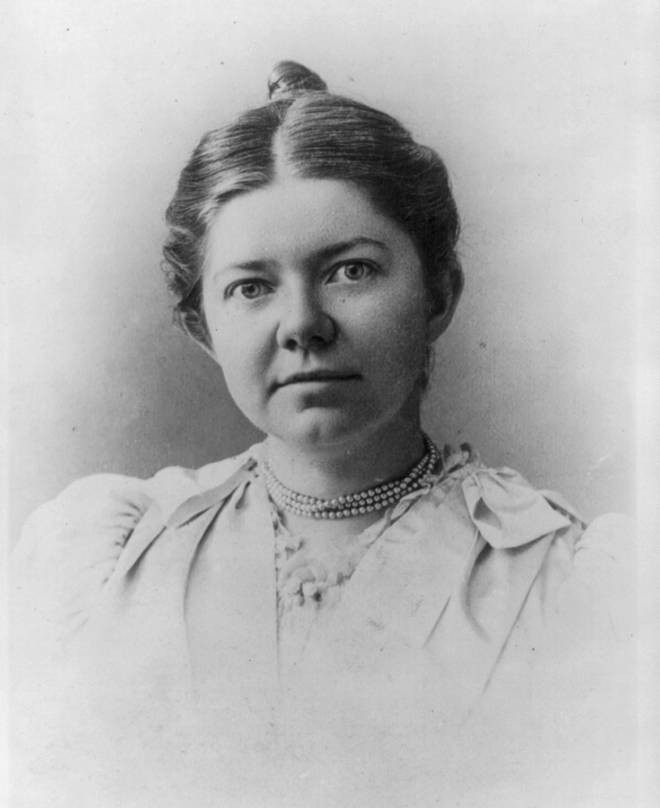
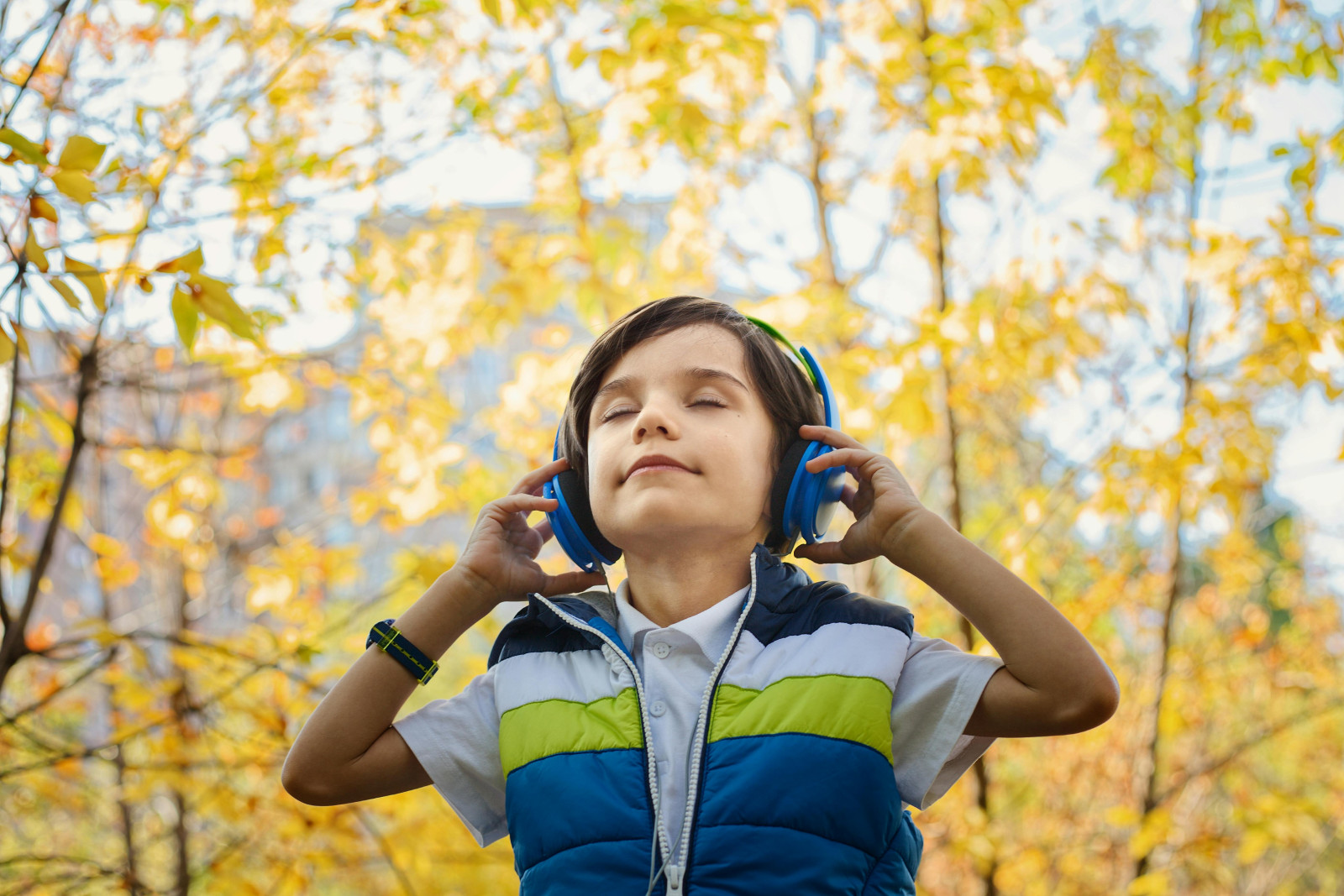
Intrigued by some of the ideas above, but don't know where to begin? Simple systems of how to implement these and much more will be included in the Classical Collective Membership! Sign up here to learn more and for pre-launch sale details.

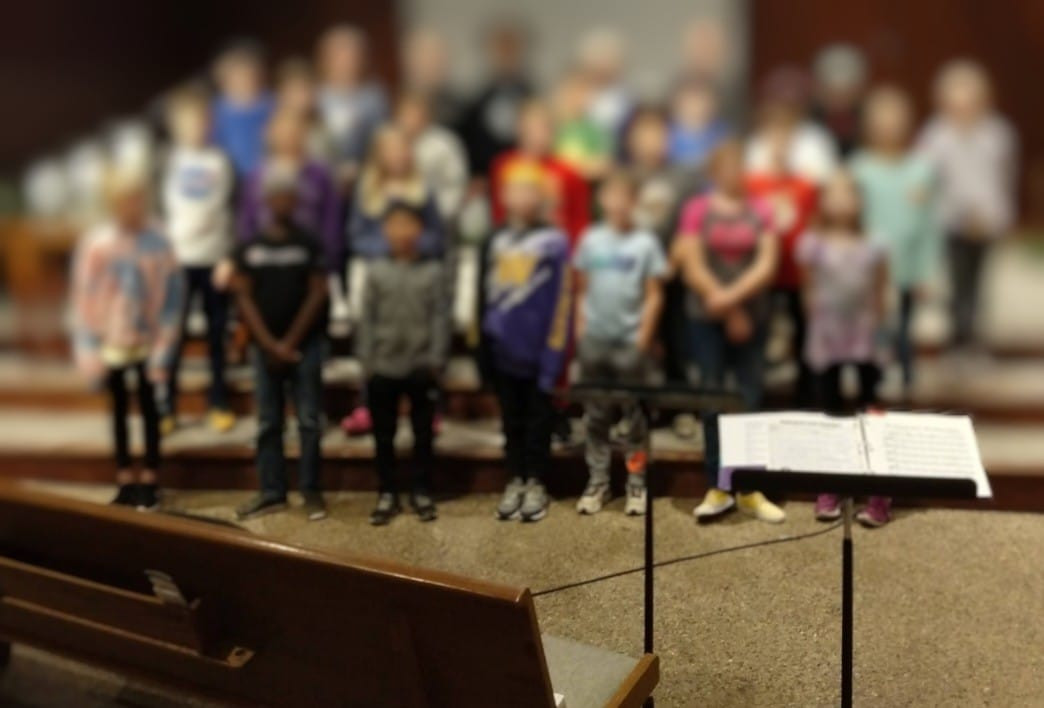
- Note Recognition: The ability to identify and sing the correct pitches indicated in the musical score.
- Rhythm Recognition: Being able to interpret and execute the rhythm of a piece accurately.
- Interval Recognition: Recognizing the distance between two pitches, which helps in accurately reproducing melodies.
- Key and Scale Recognition: Understanding the key signature and scale of a piece, which guides the performer on which notes to sing.
- Phrasing and Articulation: Interpreting the musical notation to convey musical expression, including dynamics, tempo, and articulation.
Ear training, also known as aural skills, involves developing the ability to identify and reproduce musical elements solely by hearing them. This includes melody, harmony, rhythm, and timbre. My goal is always to develop the musical ear before the musical eye.
- Pitch Recognition: Identifying individual pitches and intervals between them.
- Melodic Dictation: Hearing a melody and writing it down in musical notation.
- Harmonic Analysis: Recognizing and identifying chords and chord progressions in a musical piece.
- Rhythmic Dictation: Hearing a rhythm and notating it accurately.
- Chord Progression Recognition: Identifying the sequence of chords in a piece of music.
- Transcription: Listening to a piece of music and notating it in sheet music form.
Conversational Solfege is a system of 12 steps that addresses these needs first by ear and then adding the eye and symbols to it to develop a person's musical mind and musical thinking in a playful, creative way!
To learn more about Conversational Solfege, check it out here. And here are the flash cards I use that go with the CS units. I'm happy to chat more about CS as well, it's a passion of mine to use this well-created resource to help develop young musicians.
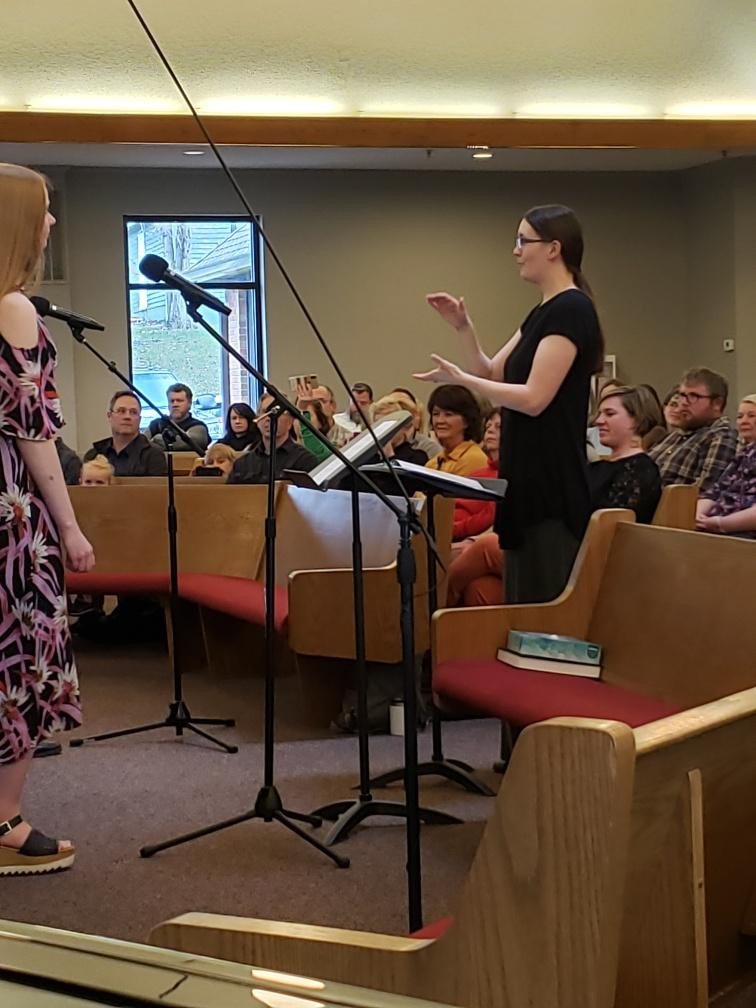
- Are you referring to having no music degree or to having any undergraduate degree?
- What setting are you wanting to teach in?
- What kind of music are you wanting to teach?
- What time of day are you wanting to teach?
- What type of students are you wanting to teach?
- What background knowledge to do already have as credentials?
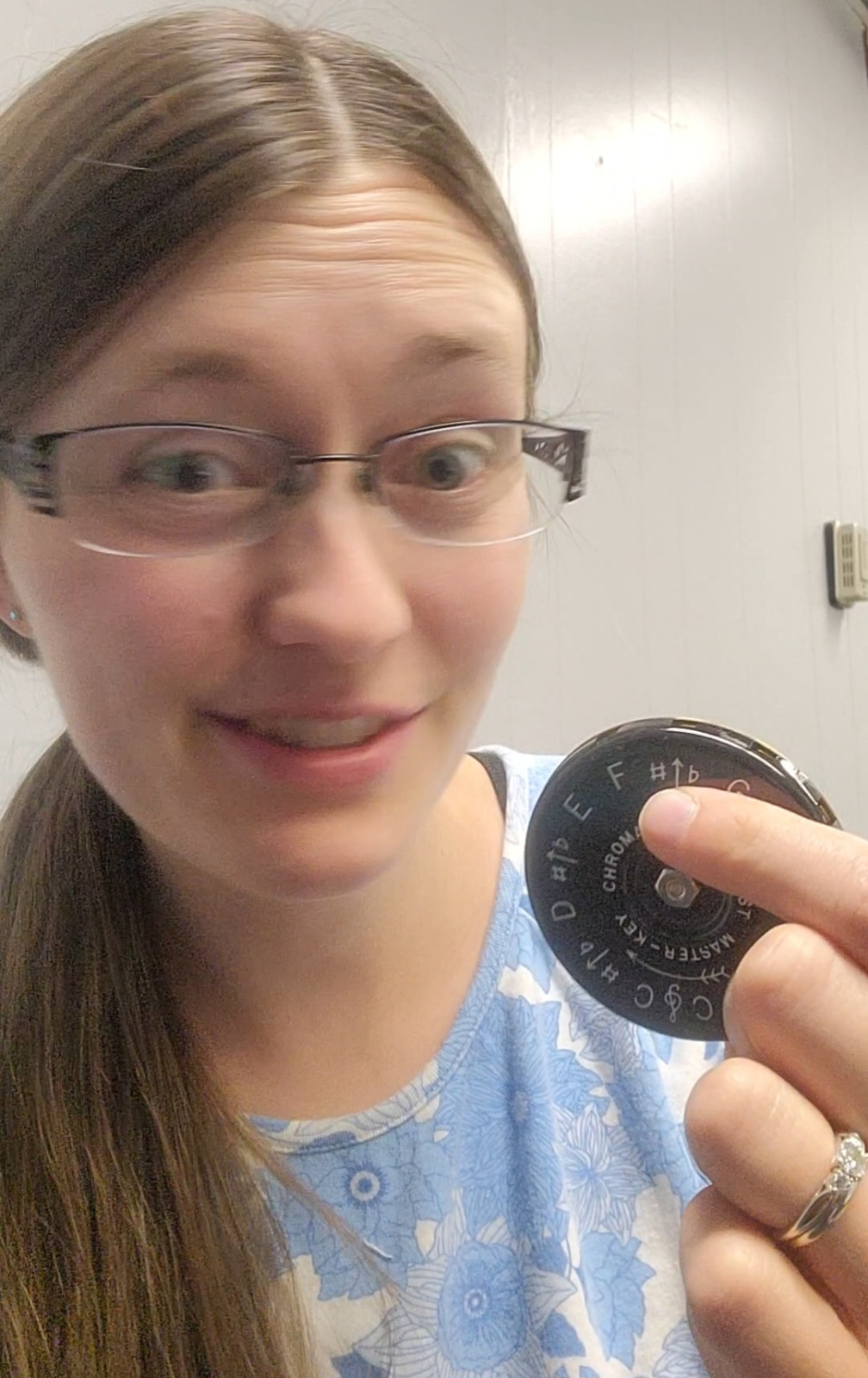
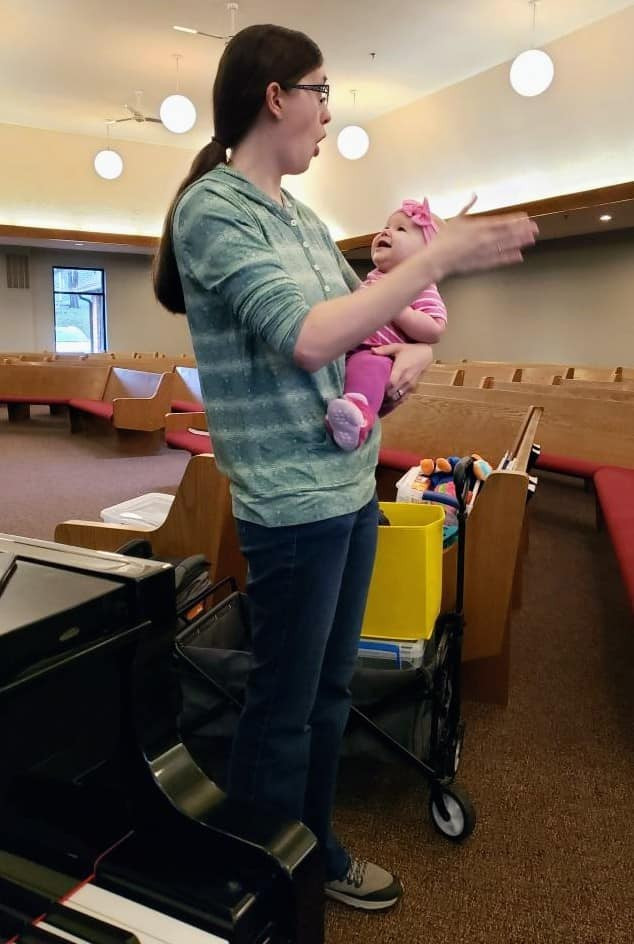
Every music teacher out there asks, 'How can I make extra income during the summer and/or during the school year?' We don't get paid enough, or maybe we're even bored during the summer not making any music (is this possible?!?). Or we just want to make some extra spending money to do fun things with the kids (raises hand -- I just went strawberry picking with my 8mo and it was a blast!).
But maybe you don't like teaching lessons or you don't want to deal with the schedules around vacations and hassle of that, etc...
So, here are 3 income streams (you can start today!) that are NOT teaching private lessons:
#1 Affiliate Marketing -- you can share about stuff that you like and use (teaching related or not!) with your friends and make income from it. Your friends aren't charged more for it; the companies who use affiliate marketing are spending their marketing budget on this instead of on billboards and ads because it WORKS. I learned how to do it well without feeling salesy from my business mentor, you can check out her course all about it here! And it doesn't take much time, you can work it around naptime or other busy schedules of life.
#2 Baby Music Classes! There are SO many moms out there who are looking for cheap & fun things to do with their littles, especially first time moms (haha, that was/is me!) who are looking to meet people. Find a park and teach a baby music class for moms and their littles! Need help with marketing? Happy to help, I've coached people through this process so they get more turn-out for their classes without having to go through community education and plan WAY in advance or charge a LOT because they have fees. Tip? As long as your parks don't have rules around renting space in the summer, you can just find a local park to teach your class and have a rain date if needed!
#3 Coaching/Consulting -- are you an expert in a certain topic (could be music or otherwise) that you could help people with? Maybe you have a hobby that you'd love to teach people how to do. You can walk them through that step by step with a coaching program (live or evergreen or a combo)! This is just a tiny sliver, tip-of-the-iceberg tip from the massive signature program that is HBR (Home Based Revolution), the multiple income stream course & coaching program by my own business mentor. Check it out here (& reach out for a massive discount code if you're interested!).
Considering becoming self-employed but you're a planner and want to look at how budgeting and the money side of things might look? I made a tips list that was stuff I wish I'd known before diving into the self-employed world, things I learned myself work best. Check it out here!


